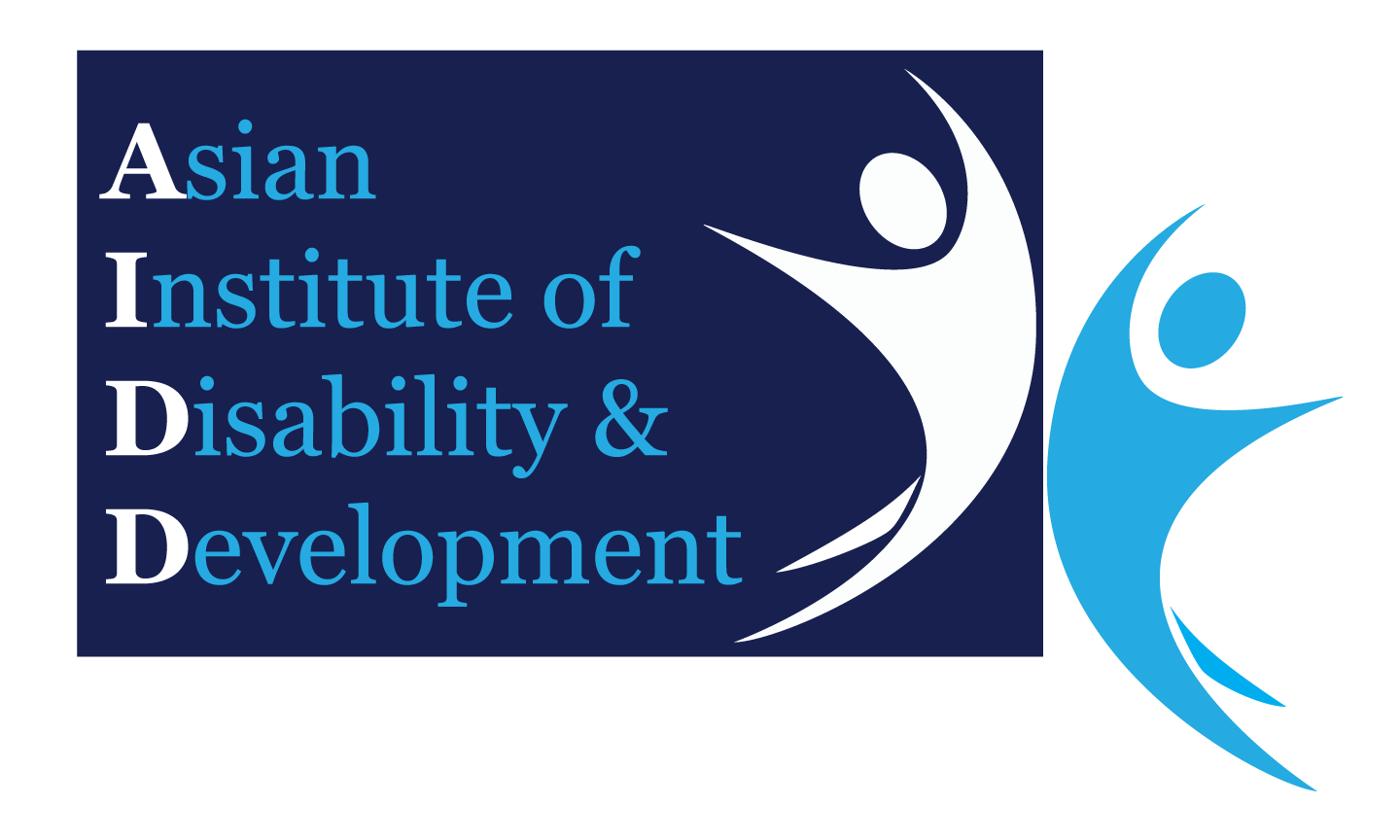
Fostering inclusion through evidence and empowerment

Our Story.

History and Background of AIDD
Our Profile
Disability-inclusive development promotes the involvement and agency of people with disability in all international development initiatives, with the ultimate aim of equitable development outcomes for all.
Asian Institute of Disability and Development (AIDD) is an academic research institute on disability based at the University of South Asia, Dhaka, Bangladesh that has been involved in research, capacity building, advocacy, and collaboration with national and international NGOs, tertiary education organizations since its inception in 2012. AIDD is a regional hub for disability-inclusive development aimed at improving the lives of people with disabilities, and those of their families and their communities around the world.
AIDD and SDGs
In line with the Sustainable Development Goals (SDGs) targeted to be achieved by the year of 2030, the Asian Institute of Disability and Development (AIDD) is working towards ensuring good health and well-being, ending poverty, ensuring inclusive education, reducing inequalities, promoting inclusive institutions, and strengthening partnerships and means of implementation. The research carried out at AIDD and the programs being implemented with our partners are aligned towards achieving these targets.
Disability
Over 1 billion people worldwide, that is 1 in 7 people or 15% of the global population, experience some form of disability.[1]
Although the people with disabilities have the same general health care needs as others, they are twice as more likely to experience inadequate health care providers’ skills and facilities, thrice as likely to face denial in getting health care, are four times more likely to be treated badly in the health care system. Half of the people with disabilities are unable to afford the health care that they need, and there is a 50% greater probability of them requiring catastrophic health expenditure. Out of pocket expenses of this level can severely affect the well-being of families by pushing them into poverty.
The link between disability and poverty works in both directions. People with disabilities may be at a disadvantaged socio-economic status due to reduced access to education and employment opportunities, or higher expenditures resulting from their disability. Also, reasons associated with poverty like malnutrition, unhygienic water and sanitation, low-birth weight, hazardous work, etc. can also result in disabilities due to development of health conditions or worsening of existing ones.
The plight of people with disabilities is particularly worse in the developing world where an estimated 80% of all persons with disabilities live in remote rural areas. In some low-income countries, the proportion of persons with disabilities is as high as 20%, and including their families and relatives can raise the portion of population adversely affected by disabilities up to 50%.
A greater degree of independence in people with disabilities can be facilitated through rehabilitation and use of assistive devices. To reduce the prevalent health disparities and make health care inclusive for persons with disabilities there is need for:
-
Removal of physical barriers to accessing health facilities, information, and equipment.
-
Ensuring affordability of health care for all.
-
Training of health care workers in disability issues including right.
-
Investments in specific services like rehabilitation and early intervention.
Disability in Bangladesh
Bangladesh, the 8th most populous country in the world with over 165 million people, where a large number of people with disability have little or no access to basic health or education services, including rehabilitation facilities.
According to some estimates the number of people with disabilities in Bangladesh is approximately 16 million, which is around 10% of the total population.[2] However other studies put the prevalence of disability in Bangladesh across a range of 5-9%, while the World Bank and WHO considers an overall disability prevalence of 10% of the population to be a valid working estimate. Overall, data on disabilities in Bangladesh are limited and often not reliable, underestimates exists due to variations in data collection processes and definitions of disabilities causing the estimate to vary widely between 2-9% in government surveys.[3] According to UNICEF, estimations of the proportion of children with disabilities in Bangladesh varies significantly from under 1.4% to 17.5% based on total population estimates. Data for prevalence of children with disabilities does not exist. Given the estimated child population of 57.5 million, the number of children with some form of disability could range from under 805,000 to 10 million. A 2010 Gonoshasthaya Kendra survey found disability prevalence for people aged 60 and above at 26%. Therefore, it can be seen that there is no comprehensive or consistent national data for the prevalence of disability in Bangladesh.[4]
[1] http://www.who.int/disabilities/infographic/en/
[3] https://www.unicef.org/bangladesh/SACDB_Report_FINAL.pdf
[4] http://bmcpublichealth.biomedcentral.com/articles/10.1186/s12889-015-2202-7

